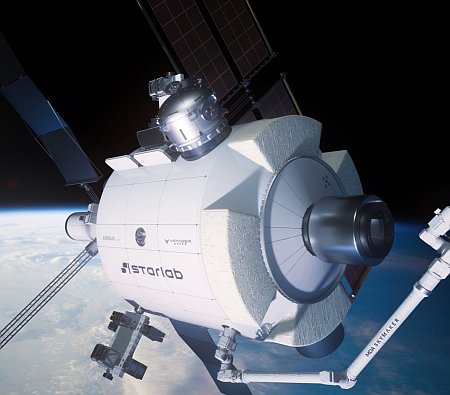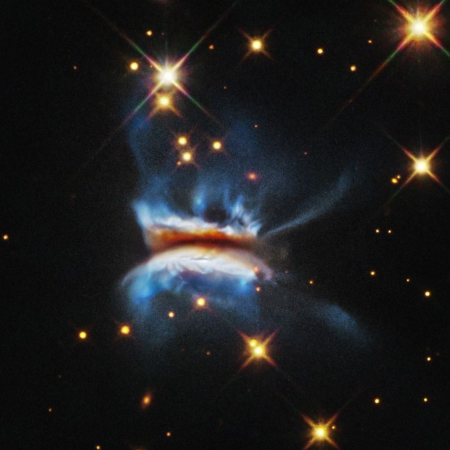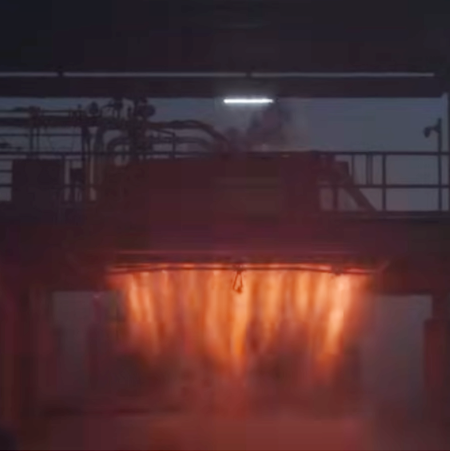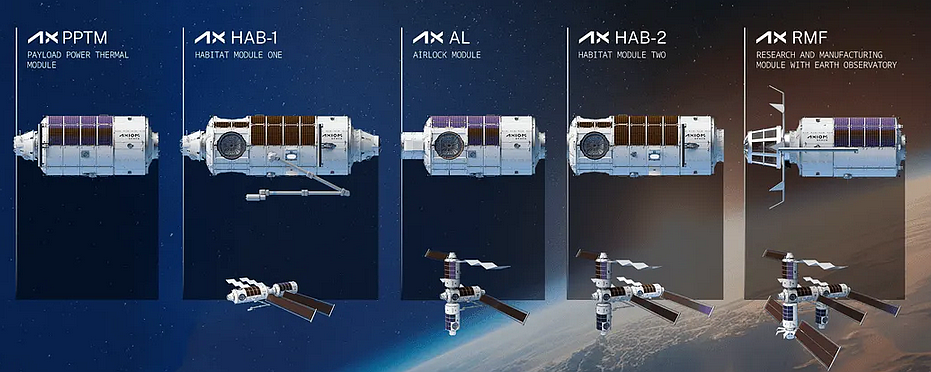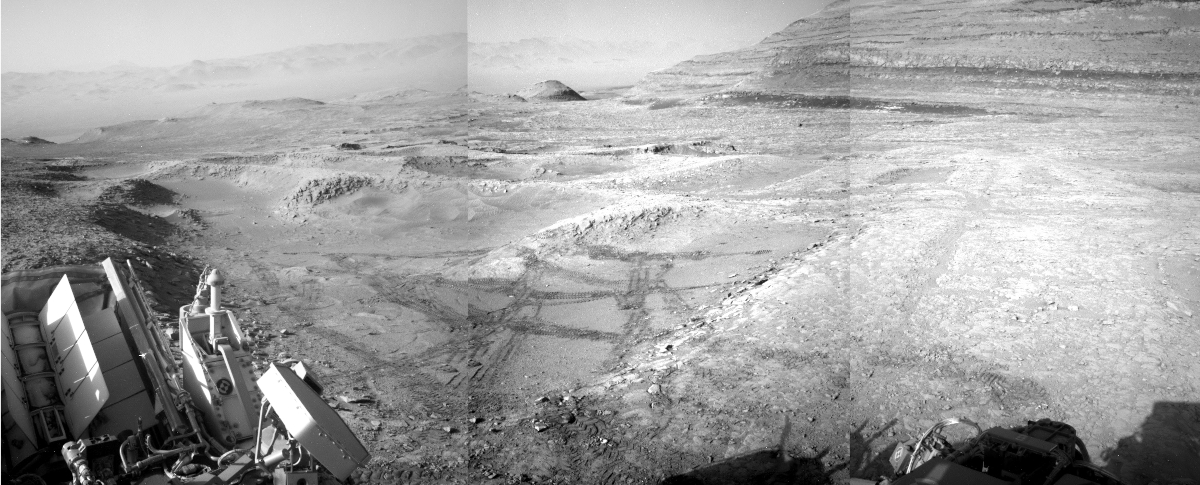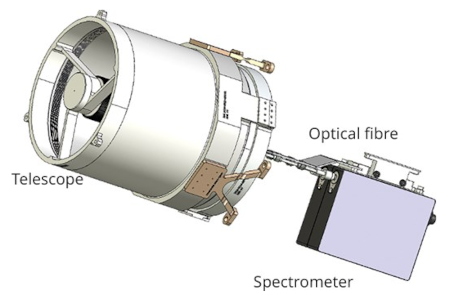China launches nine more satellites in Guowang constellation
Last night China successfully placed nine more satellites for the Guowang (or Satnet) internet-of-things constellation, its Long March 8A rocket lifting off from its Wenchang coastal spaceport, The constellation now has 128 satellites in orbit out of a planned 13,000. Though the rocket’s lower stages all fell in the ocean, some landed within the Philippines, once again requiring that government to warn its citizens to avoid the drop zones.
China’s last night also scrubbed a launch of its solid-fueled Smart Dragon-3 (also Jielong-3) rocket, set to lift off from a launch platform off the coast of northeastern China. The launch was rescheduled for December 28th. China also had a Long March 3B launched scheduled for this morning, but no news about that launch as yet been published.
The leaders in the 2025 launch race:
168 SpaceX
87 China (a new record)
18 Rocket Lab
16 Russia
SpaceX still leads the rest of the world in successful launches, 168 to 146.
Last night China successfully placed nine more satellites for the Guowang (or Satnet) internet-of-things constellation, its Long March 8A rocket lifting off from its Wenchang coastal spaceport, The constellation now has 128 satellites in orbit out of a planned 13,000. Though the rocket’s lower stages all fell in the ocean, some landed within the Philippines, once again requiring that government to warn its citizens to avoid the drop zones.
China’s last night also scrubbed a launch of its solid-fueled Smart Dragon-3 (also Jielong-3) rocket, set to lift off from a launch platform off the coast of northeastern China. The launch was rescheduled for December 28th. China also had a Long March 3B launched scheduled for this morning, but no news about that launch as yet been published.
The leaders in the 2025 launch race:
168 SpaceX
87 China (a new record)
18 Rocket Lab
16 Russia
SpaceX still leads the rest of the world in successful launches, 168 to 146.

